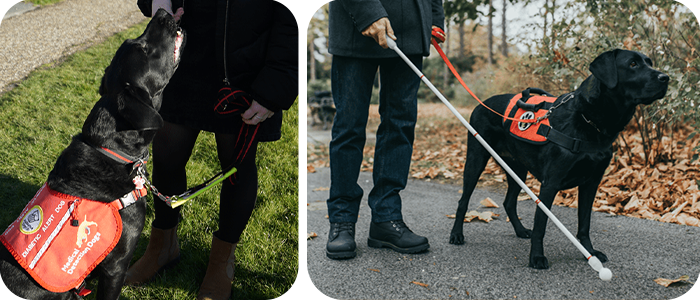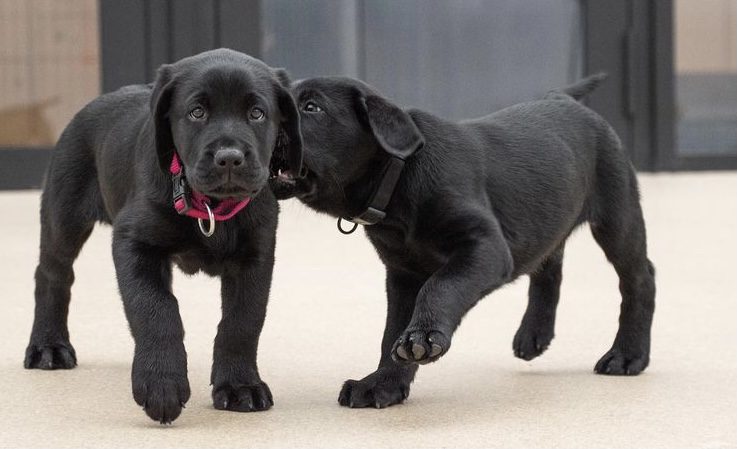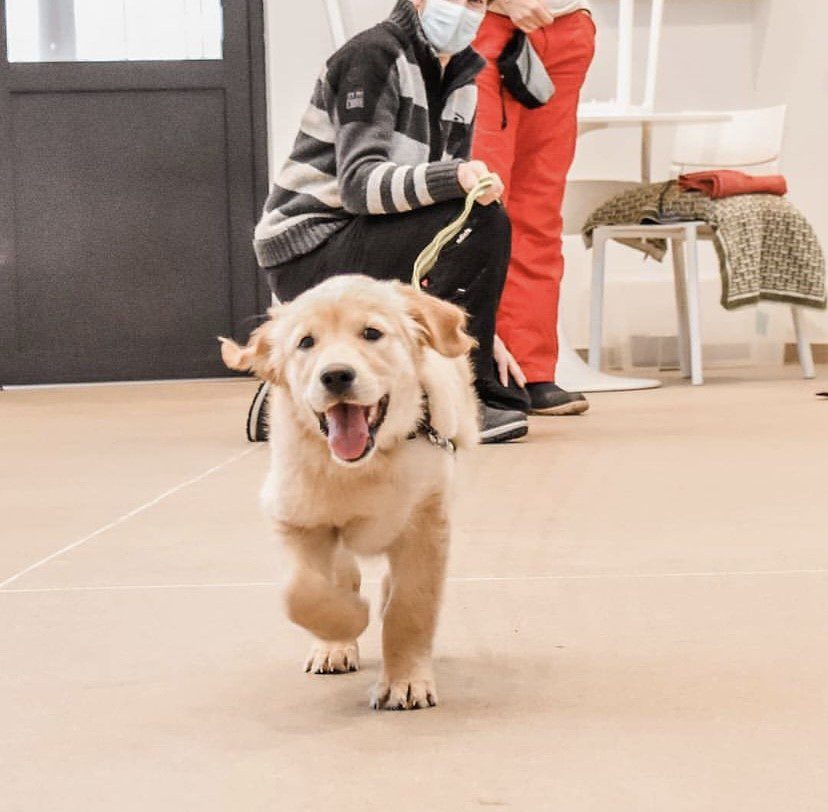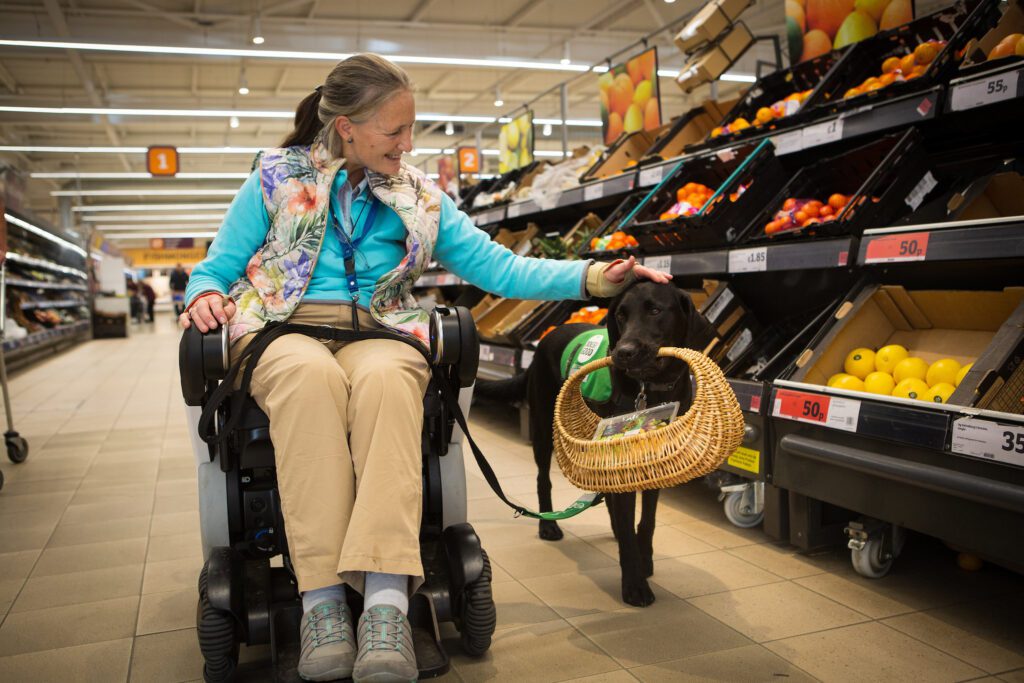How assistance dogs are trained to do their jobs pawfectly
We know that assistance animals do amazing work helping people in need. But how exactly are they trained to perform so many different tasks? We asked different service dog associations to tell us more about their work and their training processes and put together a quick overview for you!

Choosing the puppies
Puppies can be selected to become assistance animals from the age of 2 months. They are chosen according to certain physical characteristics, such as good balance and their personality also plays a key role. Being sociable is really important for a working dog.


Socialisation
After the initial selection, the puppies are placed with foster families to be socialised. This is a very important part of the process and, the socialiser needs to get out and about quite regularly with their dog! (Who said the perfect job doesn’t exist?) The puppy needs to be introduced to all kinds of different situations they could potentially encounter while working, such as walking through parks or shopping areas, meeting new people and even taking public transport. The first year of a puppy’s life is all about learning — learning basic skills, learning to be a confident, well-socialised dog who is not easily distracted, learning to feel loved and needed. The pups also receive all the veterinary care necessary, including vaccination and parasite control, making sure they grow into healthy and happy dogs.

Training
From 18 months old dogs can start their more formal training process. The tasks and commands the dog will learn varies according to which type of assistance they will provide. For example, a diabetes alert dog will learn to alert their owner of an impending hypo before they are aware of it and retrieve their glucose testing kit. The training process can take from 6 months to a year, depending on the dog’s personality and behaviour and how quickly they pick up the tasks. Trainers can spend hundreds of hours transforming puppies into fully-qualified assistance dogs!
Meeting their people
After they graduate from assistance dog training school, they are ready to enter into and essentially change the lives of their new owners! The associations training assistance dogs will look at their sometimes long waiting list of people requiring assistance and match the newly-trained dog with the person they are best equipped to assist. Sometimes the dog will ‘try on’ a few people until the perfect match is made.
Follow up
After placement, the training association will continue to monitor the dog through regular catch-ups to ensure they are healthy and happy in their new home. They can also provide further support if additional training or education is required. All these important steps help to ensure pawfect partnerships 😉



